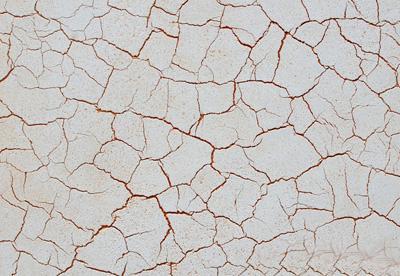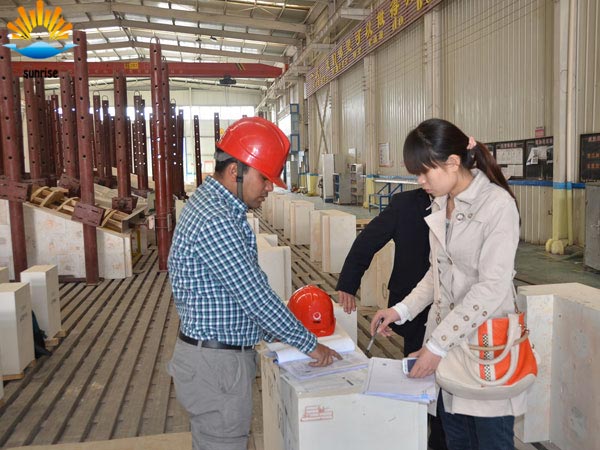The Crack Inspection of Refractory Products
Date:2015-12-25 18:27 From:Zhengzhou Sunrise Refractory Author:sunrise
When the deformation of the refractory exceeds its limit, cracks appear. Cracks will not only affect its quality, appearance and properties, but also reduce its service life.

There are eight provisions for the crack inspection of refractory materials:
1) The cracks are inspected with a steel ruler with an accuracy of 0.5mm and steel wire with a diameter equal to the width of the cracks (e.g., 0.1 mm, 0.25 mm, 0.5 mm, 1.0mm).
2) When inspecting the crack, insert the steel wire into the widest part of the crack, but do not insert where there are visible shed particles. Any crack that the 0.25mm steel wire cannot insert into is marked with a width of less than 0.25 mm. Any crack that the 0.25mm steel wire can insert into but the o.5mm steel wire cannot insert into is marked with a width of 0.25-0.5mm. So on and so forth.
3) The crack that is not in a straight line can be segmentally measured. The total length of the crack is the sum of the length of each segment. The crack with an intermittent less than 5mm is deemed as a crack. Except the cross and parallel cracks, its length is calculated together.
4) The cracks that cross the edges, except some special cases, are all calculated as successive cracks. If a crack crosses the working face and non-working face at the same time, its length is calculated based on the working face. If a crack crosses two ribs at the corner and does not exceed a predetermined range of the missing corner, its length is not calculated as a crack across two edges.
5) Faces with grooves and convex edges, except the cast bricks, are calculated as a face. Faces with run-through holes are calculated as two faces.
6) The thin and long crack caused by improper cooling is called cold crack. Products with those cracks are deemed as unqualified products.
7) Several cracks form a closed curve, called net cracks. When calculating the length of the net cracks, take the periphery as the standard. More than one crack across is called cross crack. When calculating the length of the cross crack, take the length of the straight crack as the standard.
8) Ribs with an angle bigger than 120︒ is not calculated as ribs. Faces less than 20mm are not calculated as faces, except cast bricks.
Send an Inquiry
E-mail : sales@sunriserefr.com
Phone : +86-371-63838939 / Fax:+86-371-63835539
Company Address : No.36 Fengchan Road Of Zhengzhou, Henan, China (Mainland)

If you have any needs our help or are interested in our products, you can click online advisorychat with us online, or call our customer service telephone: 0086-0371-63838939. We will sincerely serve for you!
Product Category
- Fused Cast AZS
- Fused Cast AZS Block
- Fused Cast Skid Rail Block
- Fused Cast High Zirconia Block
- Fused Cast AZS Block
- Fiber Products
- Insulation Series Brick
- Fireclay Brick
- High Alumina Brick
- Corundum Brick
- Sillimanite Brick
- Mullite Brick
- Zircon Mullite Brick
- Zircon Brick
- Magnesia Brick
- Silica Brick
- Fused Cast Alumina Block
- Glass Mould Brick
Refractory Knowledge
moreCase

UAE to our factory inspection bri
...

Venezuela customer AZS fused bric
Venezuela customer AZS fused float glass furnace br...





